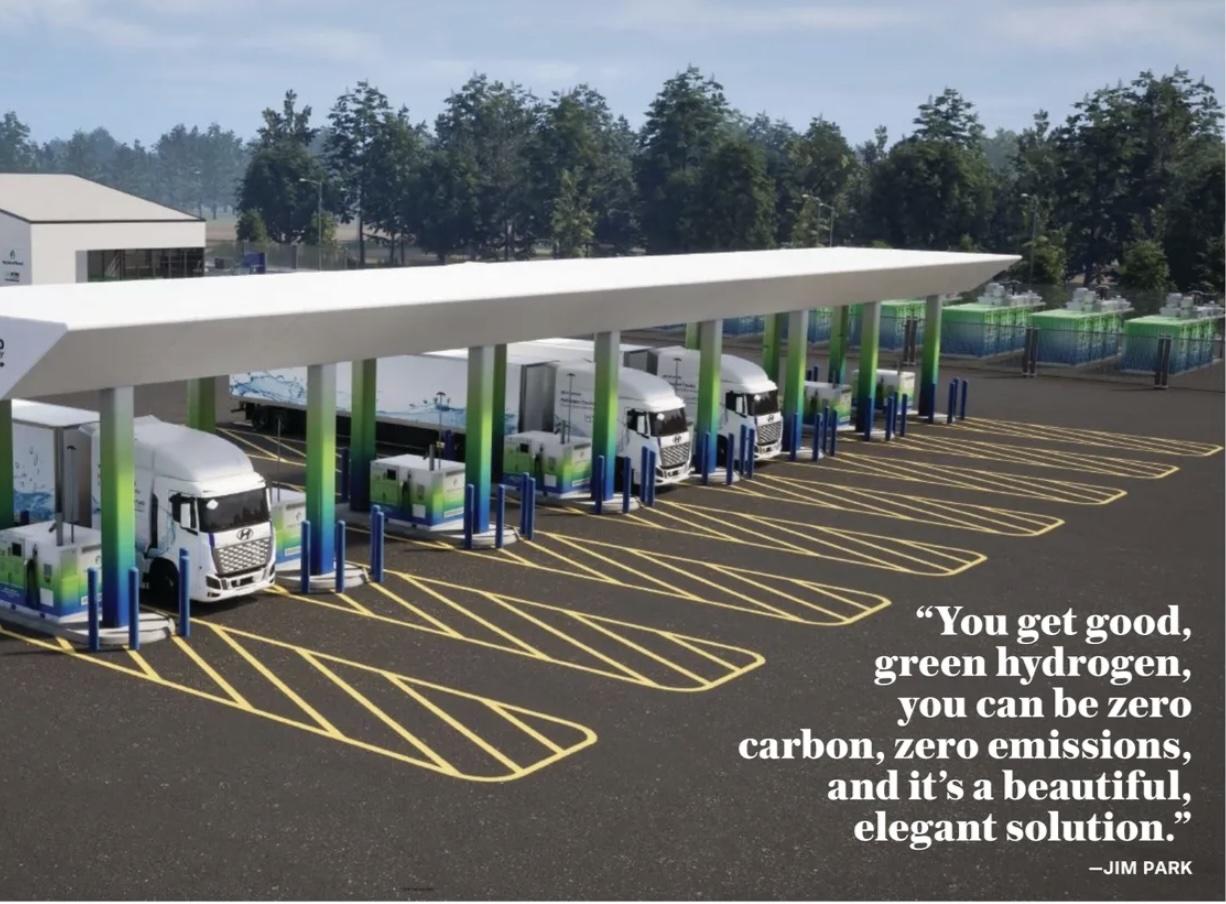Harnessing Hydrogen: Georgia Businesses and Utilities Weigh the Pros and Cons of this Relatively Clean Energy Source

Georgia Tech partners with NASA to test electric aircraft that could ease Atlanta traffic

A prototype of the electric vertical takeoff and landing (eVTOL) research aircraft that Georgia Tech students have crafted.Courtesy of Georgia Tech/Daniel Guggenheim School of Aerospace Engineering
Stuck in traffic on your way to work? Georgia Tech researchers say the answer to gridlock may one day come from the skies.
Inside a brand-new prototyping lab, students are working with NASA to convert airplanes into electric aircraft. The idea is to create a new kind of "air taxi," quiet, battery-powered, and designed to fly over the city much like a helicopter.
"This is an airplane that we are converting into an electric aircraft in a major partnership with NASA," said Brian German, a Georgia Tech aerospace engineering professor. "So you might be able to fly from Midtown Atlanta down to the airport — fly over traffic, similar to a helicopter."
Georgia Tech partners with NASA to test electric aircraft that could ease Atlanta traffic
Stuck in traffic on your way to work? Georgia Tech researchers say the answer to gridlock may one day come from the skies.
Inside a brand-new prototyping lab, students are working with NASA to convert airplanes into electric aircraft. The idea is to create a new kind of "air taxi," quiet, battery-powered, and designed to fly over the city much like a helicopter.
Georgia makes strides on emissions while growing economy

Traffic flows in and out of downtown Atlanta on the I-75/I-85 Connector Thursday, May 19, 2016, in Atlanta. (AP Photo/John Bazemore)
Inside the rush to buy an electric vehicle
Car companies are continuing to improve how much power batteries can hold and how long they last. It’s the most important component in an EV, says Micah Ziegler, who studies sustainable energy and chemical technologies and public policy at the Georgia Institute of Technology. And scientists are working on new designs that might stretch battery life infinitely longer.
Inside the rush to buy an electric vehicle
Car companies are continuing to improve how much power batteries can hold and how long they last. It’s the most important component in an EV, says Micah Ziegler, who studies sustainable energy and chemical technologies and public policy at the Georgia Institute of Technology. And scientists are working on new designs that might stretch battery life infinitely longer.
Ben Emerson speaks on 11Alive about H2 as a gas turbine fuel

Ben Emerson, Georgia Tech Researcher speaking about Hydrogen Power with 11Alive News Anchor
11Alive interviewed the combustion lab's Ben Emerson in their 9:00am show on June 18, 2025. The subject of the interview was hydrogen as a gas turbine fuel in reaction to the recent 50% hydrogen demonstration at Plant McDonough. Read More.
